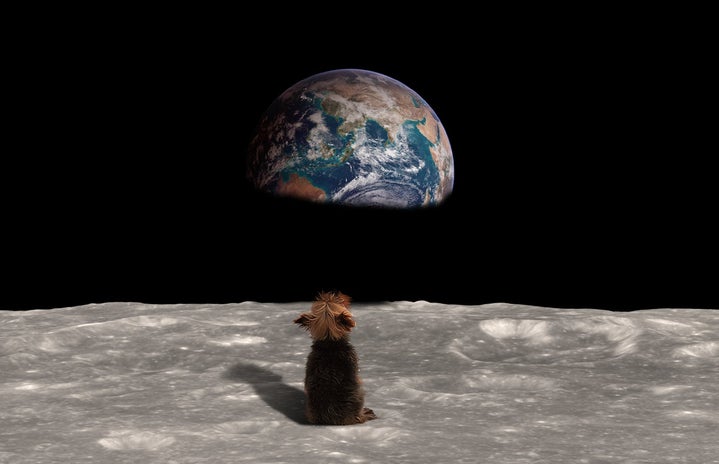Astrobiology, an interesting blend of astronomy, biology, and geology, piques curiosity about life beyond our planet. This interdisciplinary field dives into the depths of icy moons like Europa and the dusty terrains of Mars in a relentless pursuit to unveil the mysteries of extraterrestrial life.
Astrobiology confronts one of humanity’s most profound questions: are we alone in the universe? This inquiry transcends scientific boundaries, engaging both our intellect and imagination. The discovery of life beyond Earth could revolutionize our understanding of biology, evolution, and the conditions necessary for life to thrive. It also has the potential to reshape our cosmic perspective, challenging our perceptions of existence and our place in the vast cosmos.
Astrobiologists employ a variety of methods to investigate the possibility of extraterrestrial life. One strategy involves studying extremophiles, organisms that thrive in extreme environments on Earth, to understand the limits of life’s adaptability. By deciphering how life persists in these harsh conditions, scientists gain insights into where and how life might exist elsewhere in the universe.
Another approach focuses on identifying habitable environments beyond Earth. This includes scrutinizing planets, moons, and exoplanets for conditions conducive to life, such as the presence of liquid water, organic molecules, and energy sources. Robotic missions like NASA’s Curiosity rover and telescopes like the James Webb Space Telescope (JWST) aim to further our understanding of distant worlds, offering new avenues for understanding their potential habitability.
The quest for extraterrestrial life encompasses various endeavors, from analyzing exoplanet atmospheres for signs of biological activity to investigating the habitability of moons within our own solar system.
In 2014, Mars experienced a sudden increase in methane levels, followed by a return to normal levels, leaving scientists puzzled about the cause. Investigations were underway to determine if this methane surge could be attributed to living organisms, akin to those on Earth. The potential discovery of such organisms on Mars would signify the feasibility of organic life on planets with environmental conditions resembling those of Earth, like Mars.
Moreover, icy moons like Europa and Enceladus offer intriguing environments that may harbor life. With subsurface oceans beneath their icy crusts, these moons present unique opportunities for astrobiological exploration.
As technology advances and our understanding of planetary science evolves, the future of astrobiology brims with possibilities. From advancements in robotic exploration to the development of next-generation telescopes capable of detecting biosignatures in exoplanet atmospheres, the tools at our disposal for probing the cosmos continue to expand.
Further, astrobiology holds profound implications for humanity’s future beyond Earth. By studying the conditions necessary for life to arise and flourish, astrobiologists inform our search for habitable exoplanets and guide our efforts to explore and perhaps one day colonize other worlds. In doing so, they pave the way for a future where humanity may extend its reach beyond the confines of our home planet.
Astrobiology stands as a frontier of scientific inquiry, beckoning us to explore the possibility of life beyond Earth. As we venture into the cosmos armed with curiosity and cutting-edge technology, astrobiologists inspire us to contemplate our place in the universe and the potential for life to exist elsewhere. With each discovery and exploration, astrobiology illuminates the path toward a deeper understanding of our cosmic origins and our place in this plane of existence.


